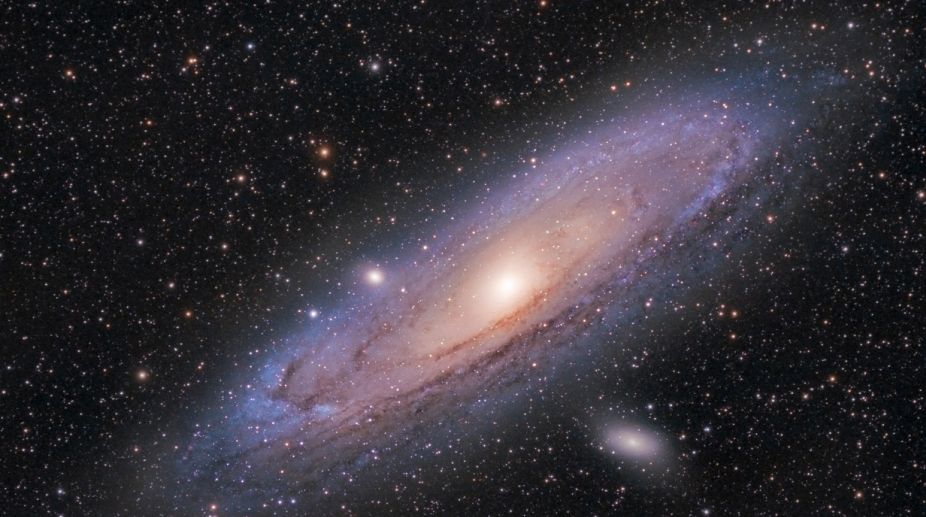Our galaxy, which is home to Earth and its solar system, might not be as “typical” as previously thought, and therefore Milky Way-based models to understand other galaxies of the universe could be misleading, new research suggests.
“We use the Milky Way and its surroundings to study absolutely everything,” said Marla Geha of Yale University in the US and lead author of the paper published in the Astrophysical Journal.
Advertisement
“Hundreds of studies come out every year about dark matter, cosmology, star formation, and galaxy formation, using the Milky Way as a guide. But it’s possible that the Milky Way is an outlier,” Geha said.
The Milky Way is host to several dozen smaller galaxy satellites.
These smaller galaxies orbit around the Milky Way and are useful in understanding the Milky Way itself.
Early results from the Satellites Around Galactic Analogs (SAGA) Survey, supported by the US National Science Foundation indicate that the Milky Way’s satellites are much more tranquil than other systems of comparable luminosity and environment.
Many satellites of those “sibling” galaxies are actively pumping out new stars, but the Milky Way’s satellites are mostly inert, the researchers found.
This is significant, according to the researchers, because many models for what we know about the universe rely on galaxies behaving in a fashion similar to the Milky Way.
The SAGA Survey began five years ago with a goal of studying the satellite galaxies around 100 Milky Way siblings.
Thus far it has studied eight other Milky Way sibling systems.











